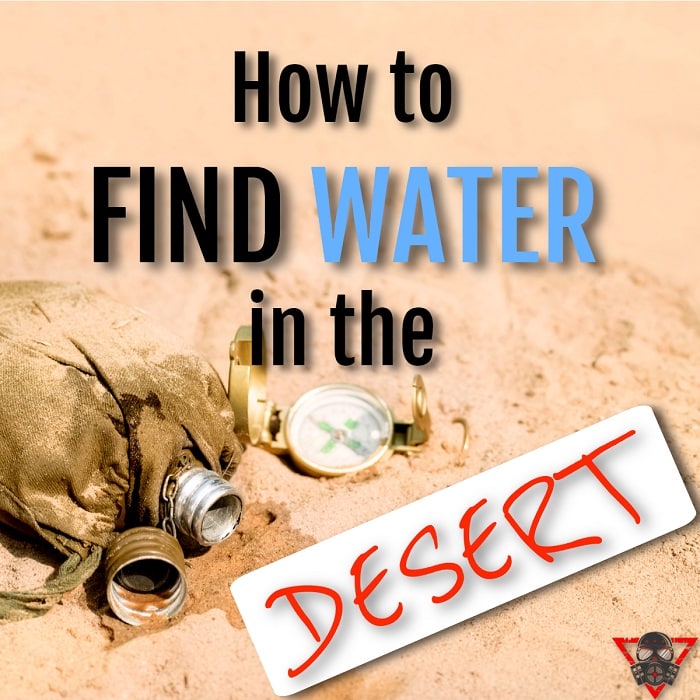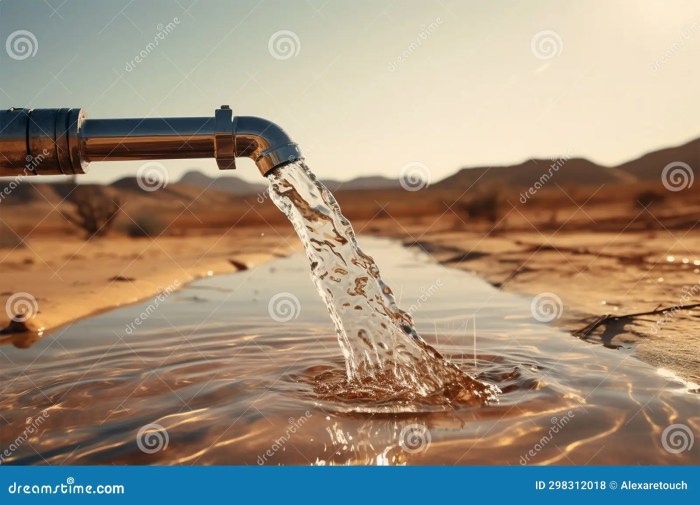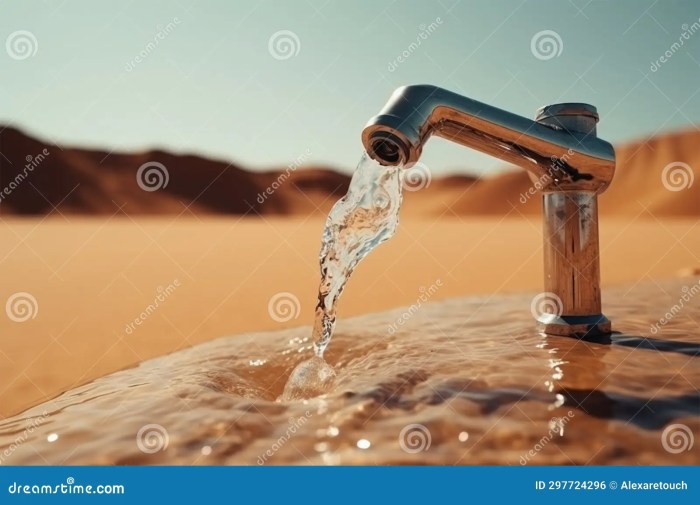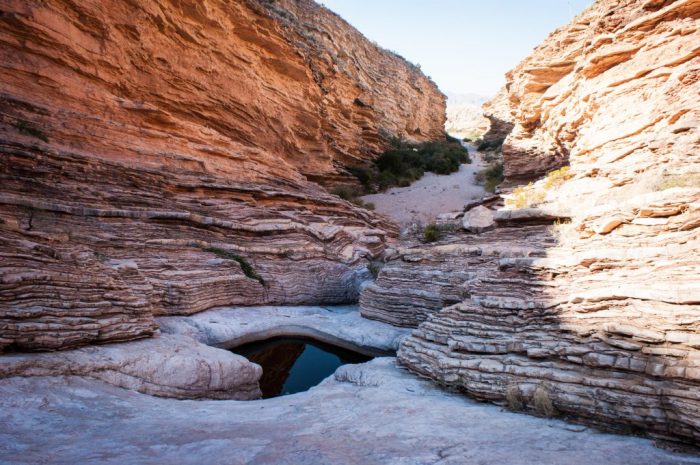How to Find Water in the Desert delves into the essential techniques for locating this life-saving resource in arid environments. From traditional methods to modern technology, this guide offers valuable insights for staying hydrated in the desert.
Exploring the challenges of dehydration and the importance of water sources, this article provides a comprehensive overview of survival strategies in the desert.
Understanding the Importance of Water in the Desert

Water is an essential element for survival in the harsh and unforgiving environment of the desert. Without an adequate supply of water, the human body cannot function properly and can quickly succumb to dehydration.
Challenges of Dehydration in the Desert
Dehydration is a serious risk in the desert due to the high temperatures and low humidity levels, which can cause the body to lose water rapidly through sweating and breathing. Without enough water intake to replace these losses, dehydration can set in quickly, leading to a range of symptoms such as dizziness, fatigue, confusion, and ultimately, organ failure.
Significance of Hydration in the Desert Environment
Staying hydrated is crucial in the desert to maintain bodily functions, regulate body temperature, and prevent heat stroke. Water also plays a vital role in digestion, circulation, and overall health, making it essential for survival in such extreme conditions.
Consequences of Failing to Find Water in the Desert
If one fails to find water in the desert, the consequences can be dire. Without water, the body cannot function properly, leading to dehydration, heat stroke, and potentially death. It is essential to prioritize the search for water and stay hydrated to increase the chances of survival in the harsh desert environment.
Natural Sources of Water in the Desert

Deserts may seem like dry and barren landscapes, but there are actually several natural sources of water that can be found in these harsh environments. These water sources are crucial for the survival of both wildlife and humans who venture into the desert.
Oases: Vital Water Sources in the Desert
Oases are areas in the desert where water naturally rises to the surface, creating a lush and fertile spot amidst the arid surroundings. These oases form when underground water sources, such as aquifers, come into contact with the surface due to geological formations like faults or fractures. The presence of oases provides a lifeline for plants, animals, and travelers in the desert, offering a reliable source of water in an otherwise dry landscape.
Underground Water Sources: Aquifers in the Desert
Aquifers are underground layers of permeable rock or sediment that hold water. In desert regions, aquifers can store significant amounts of water, acting as hidden reservoirs beneath the surface. Accessing these underground water sources in the desert can be challenging but essential for sustaining life in these harsh environments. Wells can be drilled to tap into aquifers, providing a crucial water supply for communities and ecosystems in the desert.
Techniques for Finding Water in the Desert

Finding water in the desert can be a matter of life or death. Here are some techniques that can help you locate this vital resource in a harsh environment.
Traditional Methods
- Following Animal Tracks: Animals in the desert often know where to find water sources. By tracking their movements, you may be led to a nearby water source.
- Looking for Vegetation: In arid regions, the presence of green vegetation can indicate the presence of water underground.
Searching in Dry Riverbeds or Depressions
Dry riverbeds or depressions in the ground, also known as “tanks,” can sometimes hold water beneath the surface. Digging in these areas or using a moisture meter can help you find hidden water sources.
Utilizing Technology
- Moisture Traps: These devices collect water from the air by condensing moisture. Placing a moisture trap in a shaded area can help you gather water droplets.
- Solar Stills: By using a solar still, you can extract water from the ground or plant material through the process of evaporation and condensation. This method can provide a steady supply of clean water in the desert.
Safety and Precautions When Searching for Water in the Desert: How To Find Water In The Desert

When searching for water in the desert, it is crucial to prioritize safety and take necessary precautions to avoid dehydration and other risks associated with the harsh environment.
Importance of Rationing Water, How to Find Water in the Desert
Rationing water is essential in the desert to ensure you have enough supply until you find a reliable source. Avoid drinking large quantities at once, as it can lead to faster dehydration. Sip water slowly and conserve it as much as possible.
Avoiding Contaminated Sources
Be cautious of sources that may be contaminated, such as stagnant pools of water or water from unknown origins. Consuming contaminated water can lead to severe illness and further dehydration. It is safer to wait for a more reliable source or use purification methods.
Risks of Drinking Untreated Water
Drinking untreated water in the desert poses significant risks, as it may contain harmful bacteria, parasites, or chemicals that can worsen dehydration or cause illness. Always opt for purified water or use water treatment methods before consumption to avoid potential health hazards.
Final Thoughts

By understanding the significance of water sources and mastering the art of finding water in the desert, you can enhance your chances of survival in harsh conditions. Remember, staying hydrated is key to overcoming the challenges of the arid landscape.